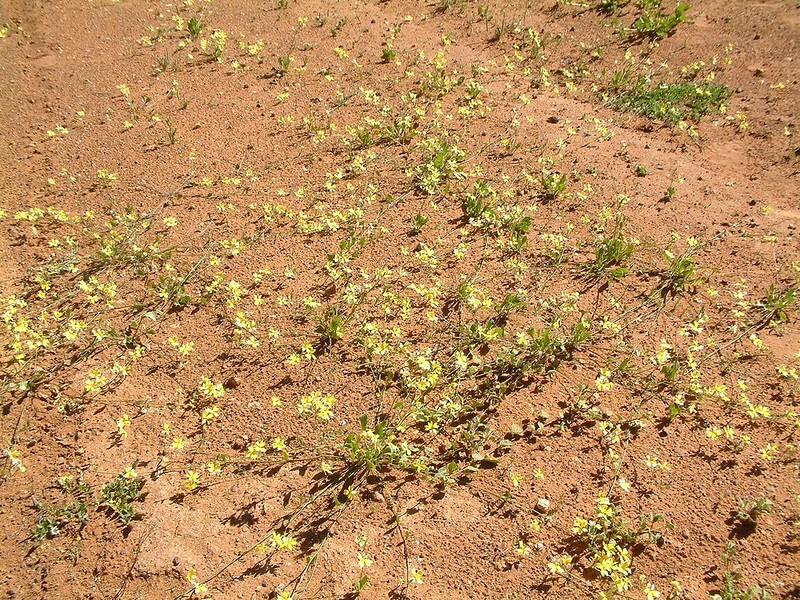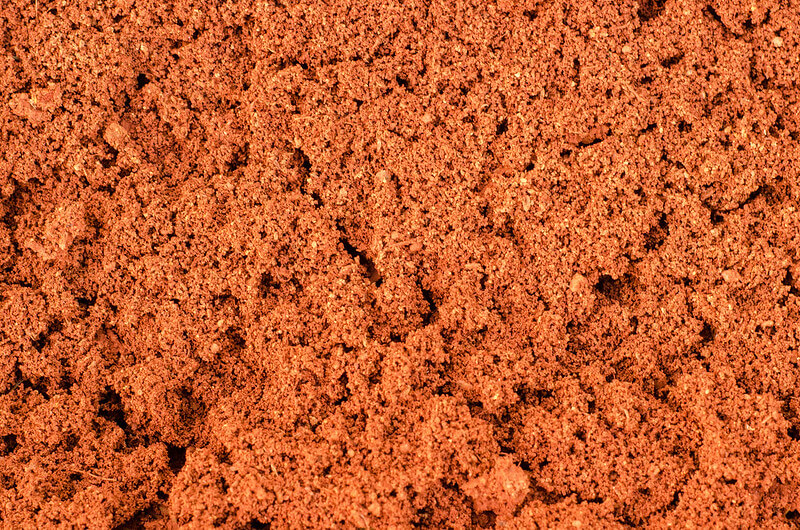Clay soil can be a challenge for gardeners. However, some plants can tolerate and benefit from those growing conditions. Shallow-rooted vegetables, for example, can tolerate clay, and others can benefit from the stability of heavy clay soil. Root crops like potatoes and daikon radishes help break up clay.

One of the issues with rich clay soil is it’s slow to warm, so it isn’t always possible to plant early spring crops. Let’s take a look at some of the veggies that appreciate clay soil.
Broccoli
This moisture-loving plant will grow well in clay soil, but you’ll have to ensure the soil doesn’t dry out entirely. Use caution at harvest time to preserve as many leaves as possible because stems and small heads will grow, producing a second harvest.
Brussels Sprouts
Here we have another delicious veggie that will grow well in clay soil. You can get a little extra value when growing Brussels sprouts when harvesting if you clean and cook the leaves, too.
Cabbages
If you’re looking for a flexible crop to grow in clay soil, you might be interested in cabbage. Red, green, napa, and savoy cabbages all grow well in clay soil types.
Plant your cabbage where it will get six hours of sunlight, plenty of moisture, and well-draining soil. You will want to plant cabbage before the temperatures are consistently above 80 degrees Fahrenheit because it can cause the crop to bolt.
Carrots
While this might sound backward, seeing as many well-seasoned gardeners tell us carrots grow well in loose, well-drained soil, it’s possible to grow shorter varieties of carrots in clay soil. Choosing shorter carrots allows them to grow without the need for extensive earth.
Kale
Kale is sturdy, durable, and hardy. Kale needs nutrients, whether they’re found in the soil naturally or applied by the grower. It’s essential that kale gets watered deeply. That said, clay soil should retain moisture, so you may not have to water it as much compared to when kale is growing in other soil types.
Lettuce
This fast-producing crop grows best during the cooler part of the year. If you’re interested in harvesting within a month from planting, consider growing leaf lettuce. Lettuce requires consistent moisture to deter it from developing a nasty bitter flavor, which is why clay soil is ideal.
Squash
Most squash appreciates consistent moisture and plenty of sunlight. These plants grow well in clay soil, and you only need one for a bountiful harvest. Unless you love them as much as I do, then you will need a couple more.
Pumpkins
These big squash can be a bit more complicated to grow. They prefer to be sown directly into their growing space. They need plenty of sunlight, plenty of room to sprawl and stretch their vines, and the soil has to be moist, yet drain correctly.
Other vegetables worth mentioning include potatoes, radishes, cauliflower, peas, and beans.
We also have some excellent fruit and nut trees that grow well in clay soil.
- Apples
- Star Fruit
- Fig
- Elderberry
- Pear
- Peach
- Pecan
- Pomegranate
- Cherry Plum
- Black Walnut
You’ll find that there is a lengthy list of flowers and shrubs that grow well in clay soil. That said, let me share a little advice on how to improve and amend clay soil.
How to Improve and Amend Clay Soil
If you know, you know. Working in heavy clay soil is a struggle. It sticks to everything from our shoes to our tools, and it can be even more difficult than gardening in sandy soil. However, clay soil comes with benefits. It can host life-giving plant nutrients, and it retain more moisture than other types of soil.

With some suitable soil amendments, we can turn our sticky clay soils into the humus-rich, fertile ground where our plants will thrive with some suitable soil amendments.
Amending Clay Soil Types
Let me clear up something. Some people believe that adding sand to heavy clay will lighten it, and while that makes sense to most minds, it can actually turn the ground into something more like cement. When soil is treated in this way, it will become so hard that worms can’t live in it, and we need worms.
Instead, we should be using organic matter including compost, leaves, and well-seasoned manure — unless it’s rabbit manure which can be fresh. Organic matter is the ultimate way to amend clay soil. You’ll notice that it lightens the texture of the ground, adds nutrients, improves aeration, discourages compaction, improves drainage, moderates soil temperature, and provides sufficient space that’s essential to plant growth.
Amending soil will take a bit of time and patience, but the rewards you will reap are worth it. Your first step should be adding as much organic matter as possible and mixing it deeply into the soil. I highly recommend having a soil test done. That way, you can incorporate phosphorus, lime, or amendments that are necessary while tilling in the organic matter. This method can be much easier when creating a new garden bed.
You’ll begin the process by tilling the soil to loosen it — unless you’re not working with a large area. In that case, you can use a spade. Once the ground is tilled, spread about 2 inches of compost on top and work it in. You’re going to repeat this process a couple times.
Remember, friends, only work in clay soil if it’s relatively dry. When we work in wet clay soil, it will seriously damage the structure we’re trying to improve.
If you already have existing plants growing, you will have to take more time and use more caution.
Autumn is an excellent time to amend soil because the weather is typically drier than during the spring, but that varies depending on your location. Including soil amendments to the yearly act of putting the gardens to bed is not a bad idea.
Spread a few inches of compost over the ground between your plants and use a narrow spade to turn it into the soil. Repeat this action two more times, and include it in your regular routine. Over time, the regular applications of organic matter will improve the soil structure, overall health, and tilth.
It’s also more efficient to choose plants that naturally adapt to clay soil.
Some Tips on Organic Matter
Let’s go over some quick info about organic matter.
Emulate Nature
In the wilderness, stems and leaves fall to the ground and break down. This naturally amends the soil from the top layer down. If you want to follow nature’s lead, mulch poor soil with organic matter.
Use Organic Materials Most Available in Your Location
Whether the material is leaves, hulls, seaweed, or pine needles, it’s all beneficial for the soil. I know people say pine needles and oak leaves make the soil acidic, but that’s a myth.
Using Leaves as Mulch
When using leaves to mulch and amend your soil, chop them using a lawn mower or chipper. Chopped leaves stay put, smother weeds more sufficiently, and break down quickly.
Top-Down Soil Amendments
Apply all top-down soil amendments in layers about 2 to 3 inches deep. This allows the rain to percolate through it, which carries all of the nutrients and amending properties through the soil.
Use the Power of Plants
There are various plant roots that naturally break up heavy soil while adding organic matter. Marigolds, zinnias, and other annuals can be planted in new garden beds. Cut them off at ground level at the end of the growing season, and the roots will break down directly in the soil, which improves the soil structure.
I know first-hand how difficult it can be to grow plants in clay soil. While it has its benefits, it’s frustrating when you don’t know how to get things to grow, especially when you grow your own food. Knowing what plants grow well in the type of soil you have is a blessing. Learning about how to amend soil conditions to make it easier to grow plants in the future, is even more helpful.
Remember, it’s best to perform a soil test before adding any organic material or additions to the soil. This will help you understand exactly what the soil needs to improve.
